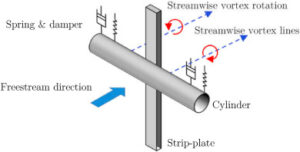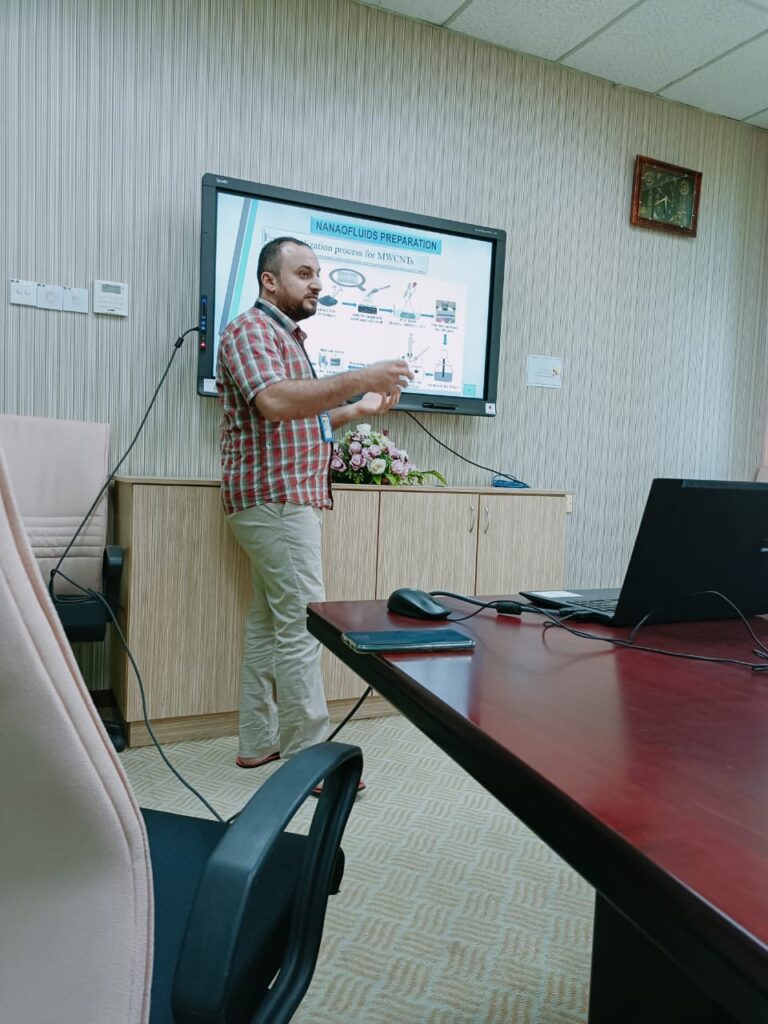- Program MyBrain 2.0 ditawarkan kepada orang awam yang tidak bekerja atau tidak berpendapatan tetap dan pensyarah-pensyarah di Institusi Pendidikan Tinggi Swasta (IPTS) untuk melanjutkan pengajian di peringkat Ijazah Sarjana dan Ijazah Kedoktoran (PhD) di Institusi Pendidikan Tinggi (IPT) dalam negara.
- Pemilihan bidang adalah terdiri daripada bidang Sains, Teknologi, Kejuruteraan, Matematik (STEM) serta bidang Sains Sosial dan Sastera Ikhtisas.
- Program ini merupakan salah satu inisiatif KPT untuk membangunkan modal insan dan pemerkasaan bakat yang berkemahiran tinggi dalam bidang penyelidikan sekali gus meningkatkan hasil penyelidikan yang berimpak tinggi bagi memenuhi kehendak masyarakat, komuniti dan negara. Penajaan ini juga bertujuan menyumbang kepada kesediaan kemajuan kerjaya dan seterusnya membantu meningkatkan pendapatan serta taraf hidup graduan. Selain itu, program MyBrain 2.0 merupakan satu cabang motivasi kepada IPTS dalam usaha menyediakan pensyarah-pensyarah berkompetensi dengan matlamat meningkatkan keupayaan IPTS secara keseluruhan.
Syarat Umum
Pemohon mestilah:
- Orang awam yang tidak bekerja atau tidak berpendapatan tetap; atau
- Pensyarah IPTS terpilih seperti di Lampiran A.
- Warganegara Malaysia yang berumur tidak lebih 35 tahun bagi pengajian di peringkat Ijazah Sarjana atau 45 tahun bagi pengajian di peringkat Ijazah Kedoktoran pada tahun permohonan;
- Tidak menerima sebarang bentuk tajaan pendidikan / biasiswa daripada lain-lain penaja kecuali pinjaman pelajaran / elaun pembantu penyelidik siswazah / pembiayaan tambahan lain dengan syarat ia bukanlah BIASISWA;
- Sekiranya pelajar mempunyai sebarang ikatan kontrak dari mana-mana penaja semasa di peringkat pengajian yang sedang diikuti, pihak penaja bersedia melepaskan ikatan kontrak jika ditawarkan penajaan ini;
- Telah menerima surat tawaran penuh / tanpa syarat daripada IPT atau telah memulakan pengajian secara sepenuh masa di IPT terpilih seperti di Lampiran B bermula Semester 1, Sesi 2024/2025;
Link Permohonan: https://biasiswa.mohe.gov.my/MyBrain2/
Permohonan MyBrain 2.0 mestilah dibuat mulai 9 April 2025 sehingga 8 Mei 2025.
List of Project
- Aeroacoustic performance of serration leading edge on an airfoil
- Energy Harvesting Utilizing Vortex Induced Vibration
- Aerodynamic characteristic of an intermediate high speed train under cross wind condition
- Design and evaluation of an energy harvesting module foe tidal wave barrier
- Others: open for discussion: Aerodynamic, wind engineering, aeroacoustics, CFD, flow induced vibration
Contact me at : researchsukri@gmail.com



